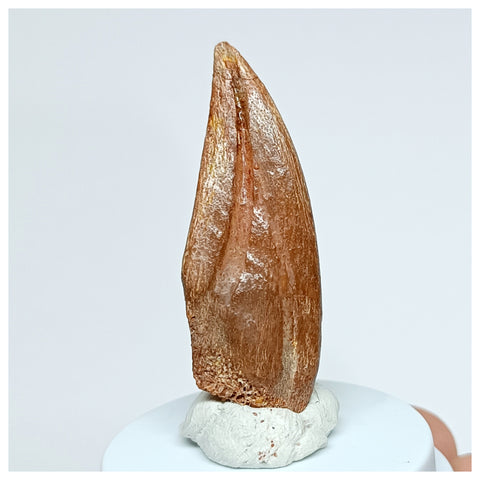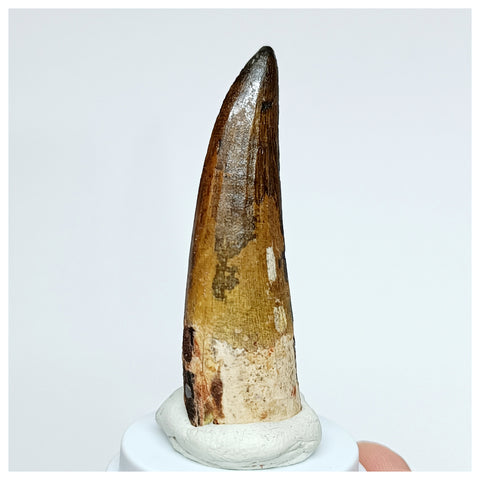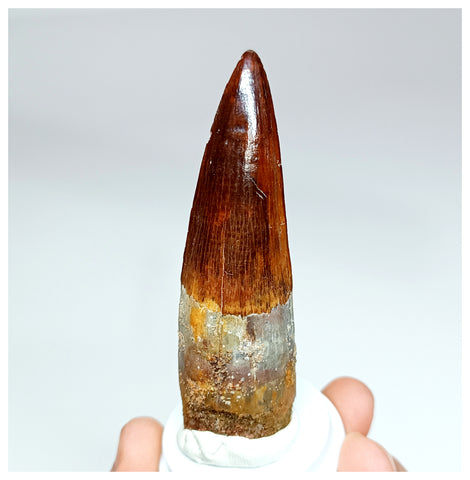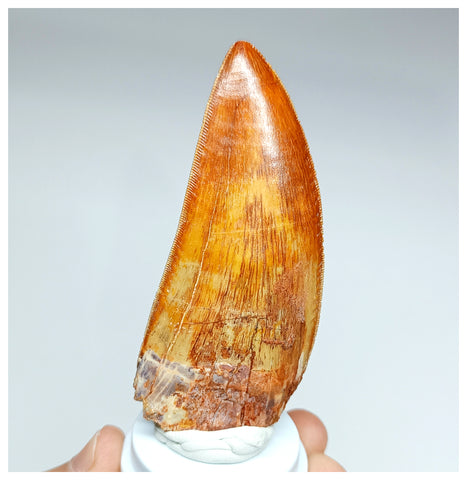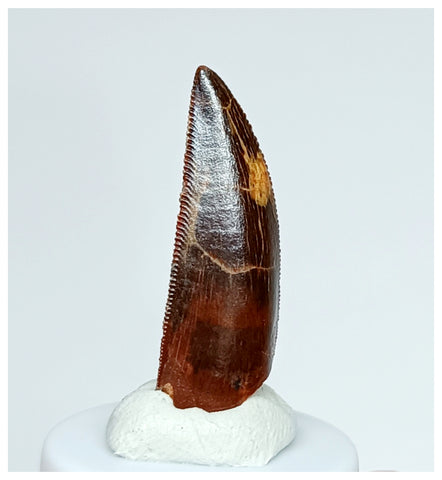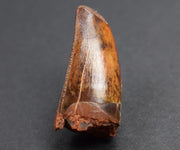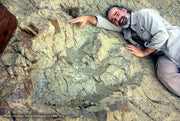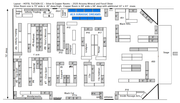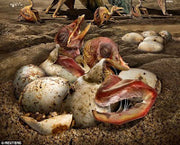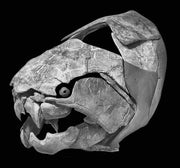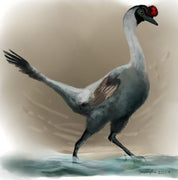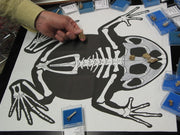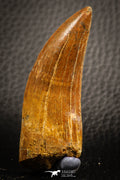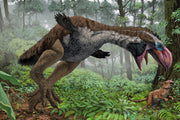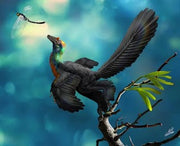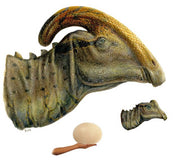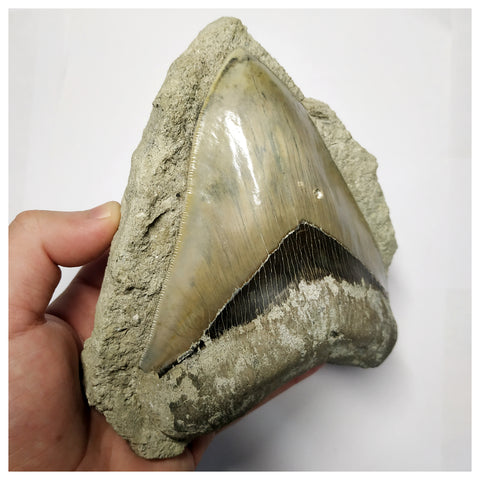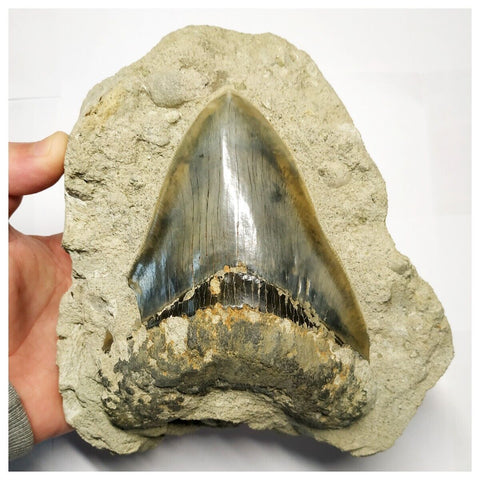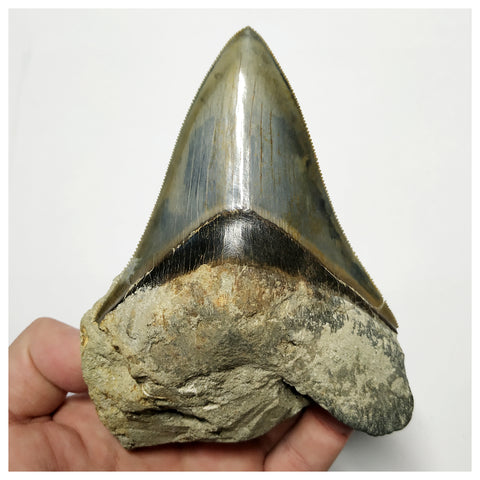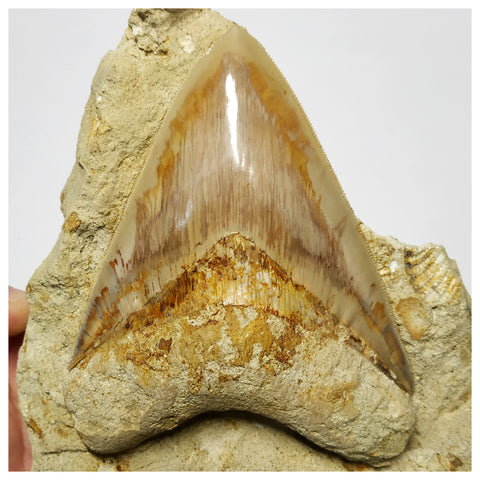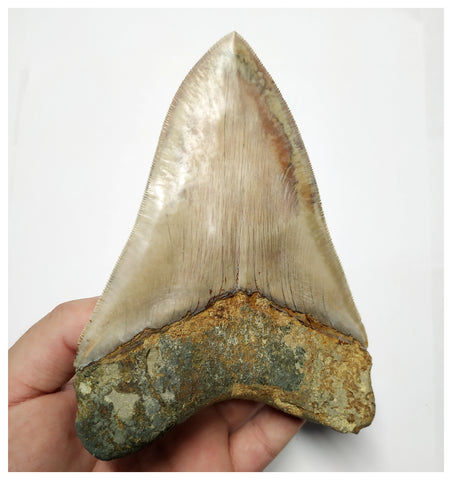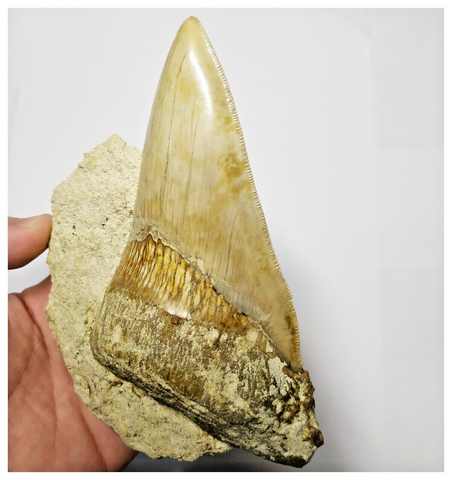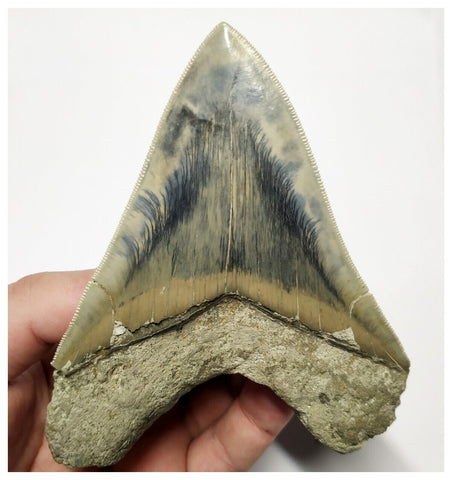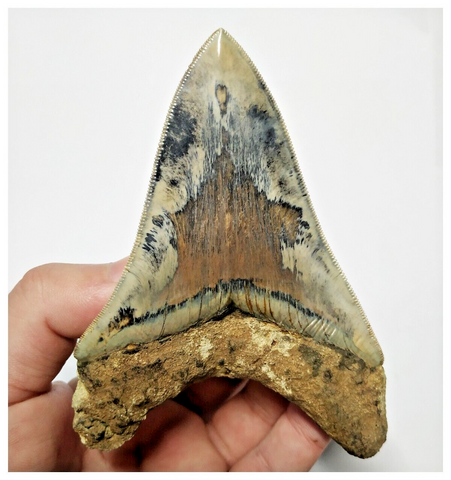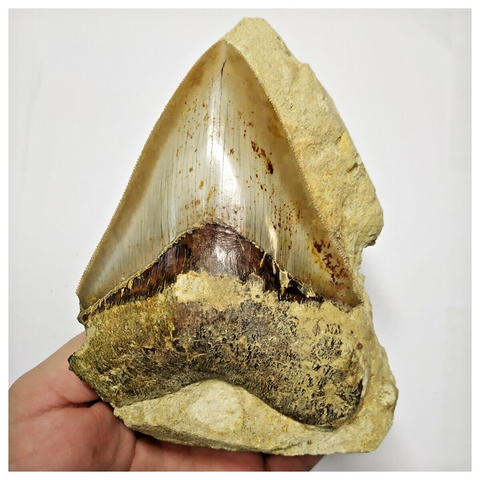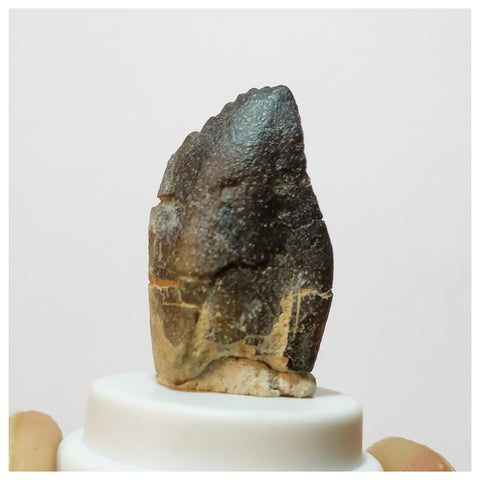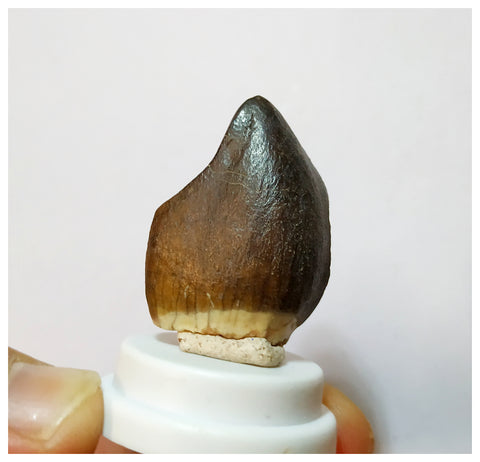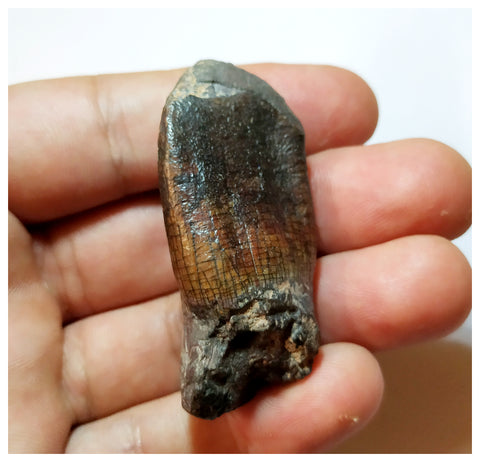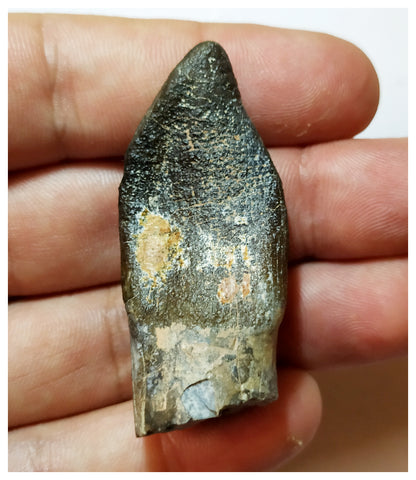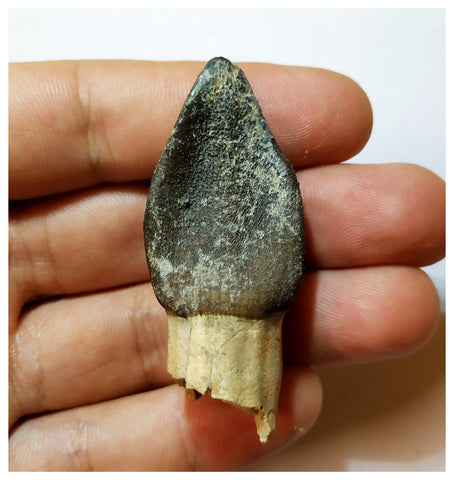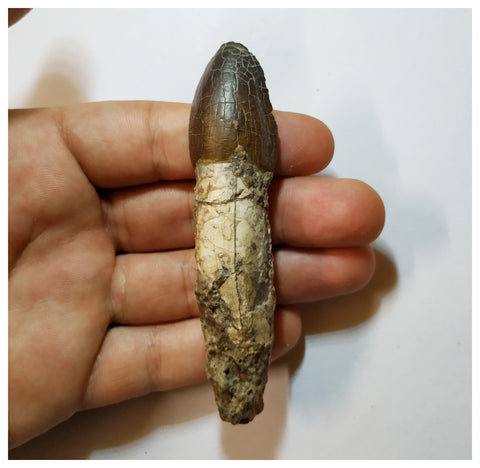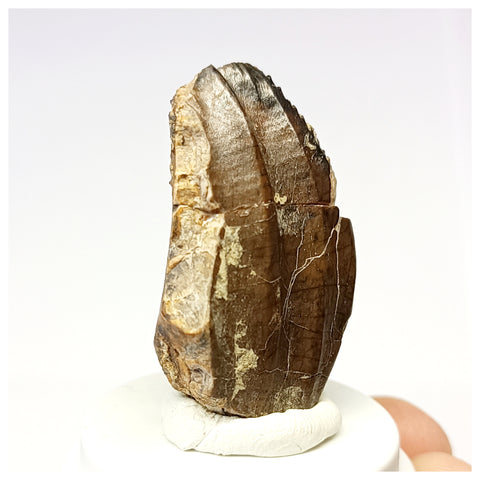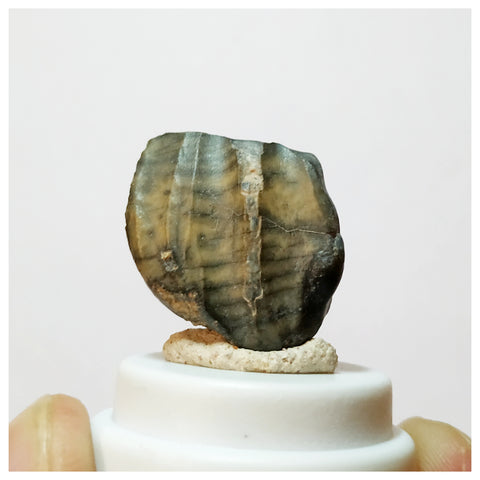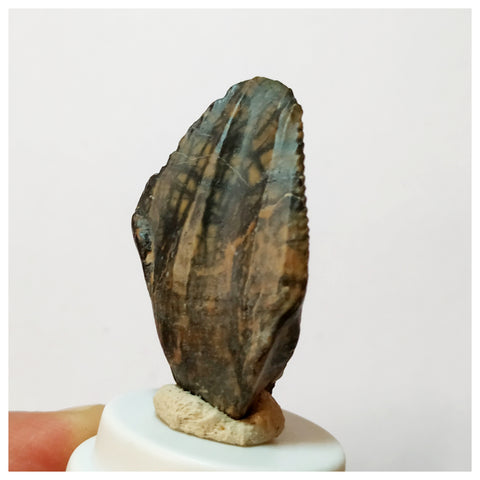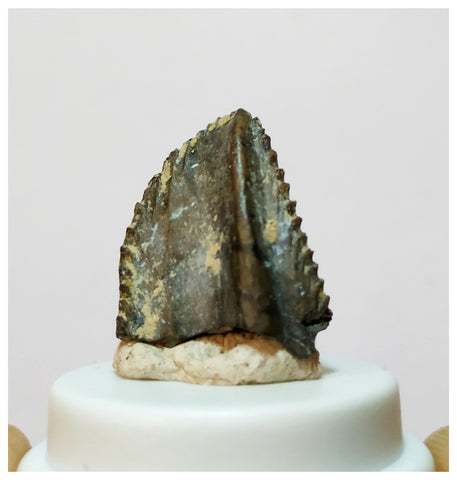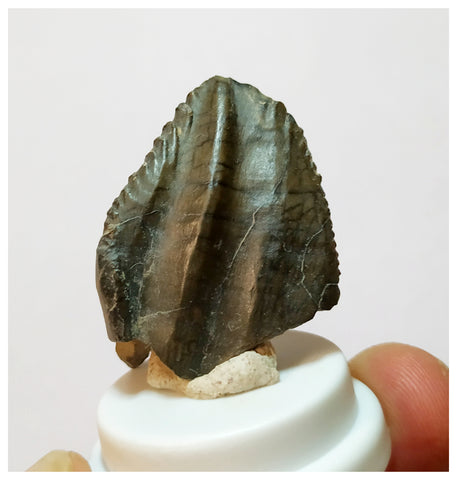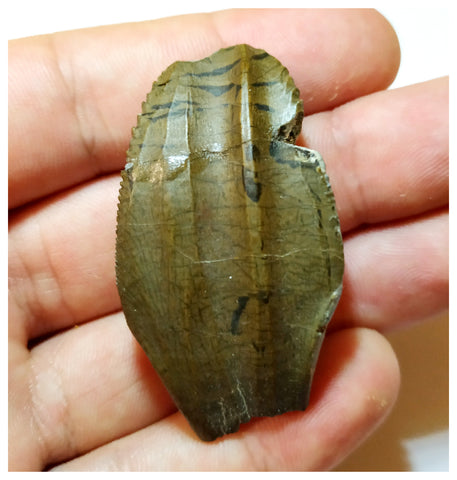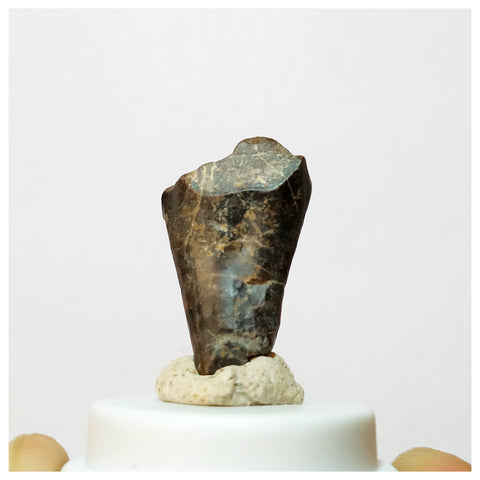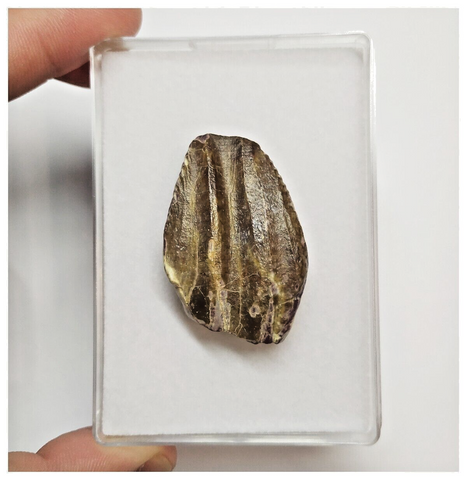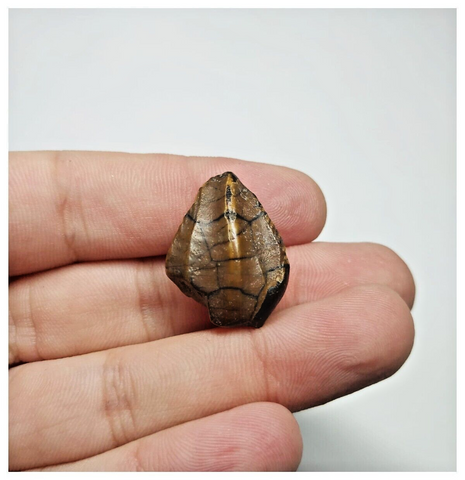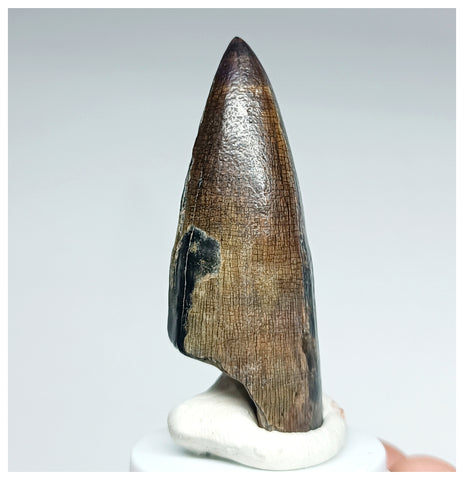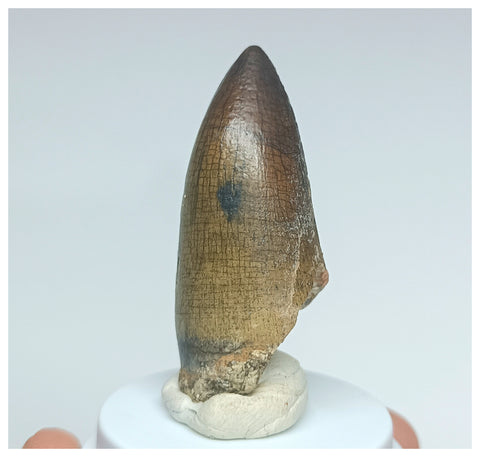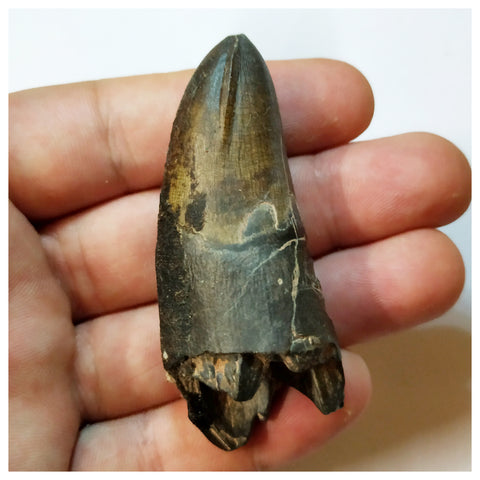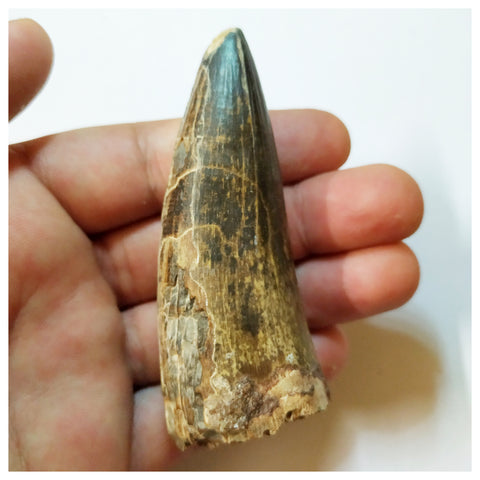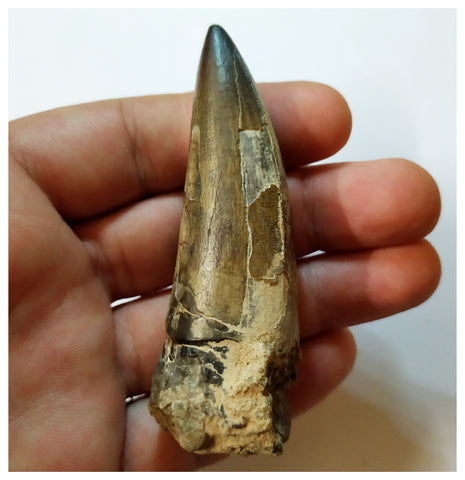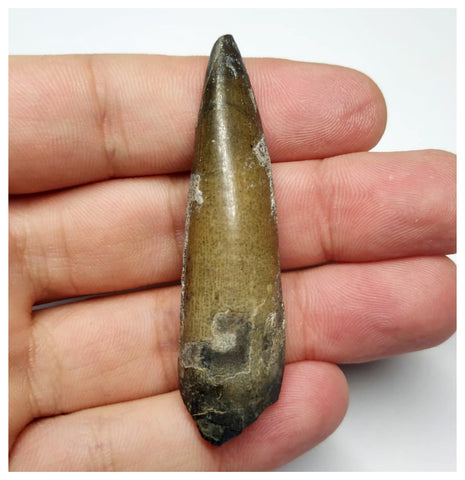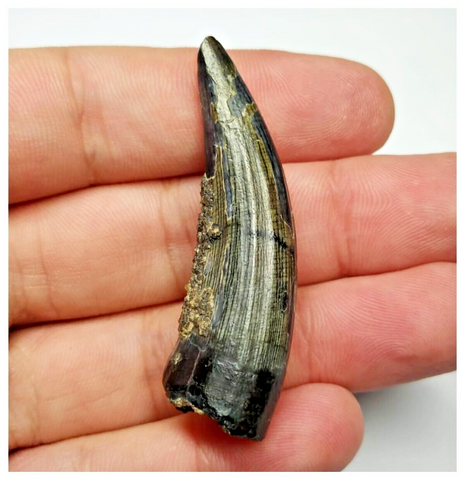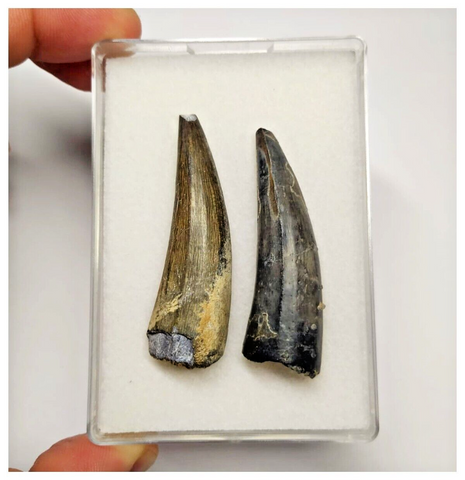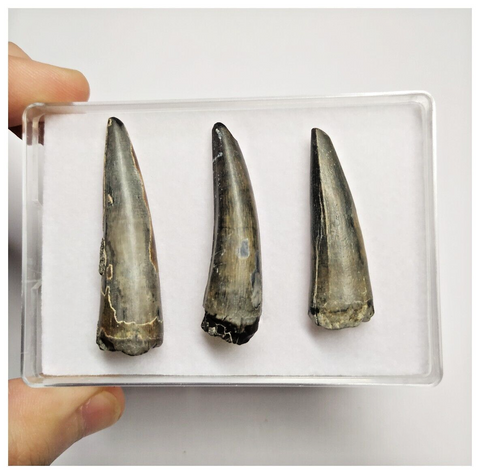To reconstruct the appearance of dinosaurs, paleontologists depend on fossils and imagination. Sometimes that "creative" part is free and in most cases the inspiration is sought in the current creatures that populate our planet. Similarities are sought and those traits that do not remain fossilised are applied.

Reconstruction of the Caihong juji
Color is one of those factors free of interpretation that sometimes takes as an example the current reptiles and birds. Fortunately, sometimes the miracle exists and an exceptional fossilisation gives enough clues so that paleontologists can approach the image that the extinct animal had in life.
That's what happened with the dinosaur discovered in China and named Caihong juji, which means "rainbow with crest", a very appropriate name that sums up perfectly how this animal of 161 million years old was.
Caihong was a carnivorous dinosaur the size of a duck, in the fossil the feathers that covered its entire body have been preserved, which were especially long and abundant in the tail and wings. It was not adapted for flying and possibly the feathers served him as a thermal insulator and as a decoy during courtship.

a) and b) Positive and negative of the fossil; c) Silhouette; d) and e) Skull
The feathers do not preserve the pigment they had when the dinosaur lived but after observing them to the microscope paleontologists found the melanosomes responsible for granting the "color" to the plumage of for example: hummingbirds. The plumage of a hummingbird acquires a very colorful variety of colors, but if we look at the microscope a feather turned to dust we will only see a lot of black dust, nothing to do with the colorful tones that can be seen in flight.
Using this analogy, paleontologists have interpreted that Caihong juji had a dark plumage that acquired a "rainbow" hue with the reflection of light on the plumage. It is very interesting what this fossil brings to the world of dinosaurs, and opens the doors of colour without limits in the representations of these animals.
Germán Z. López
This post can also be read in Spanish at our partner blog Made in Pangea.
Illustrations:
Zhao Chuang
Photographs:
Sources:






